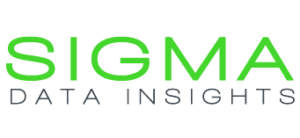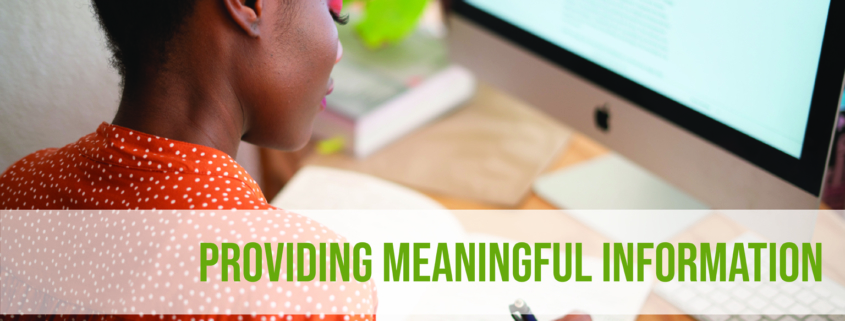Providing Meaningful and Timely Information for B2B in Our Current Environment
With the constantly changing environment, many companies and organizations are hesitant to make big business decisions like starting a new project or committing funds to a new platform or service. This is your opportunity to provide meaningful and timely information to your customers and demonstrate your commitment to their organization by giving without expectation.
Rather than trying to sell customers a new product or service, consider providing your customers with relevant information that can help them in this current environment.
Provide Up-to-Date Industry and Organization Metrics
We are being flooded with information on an hourly basis, whether it be political, social or economic. This influx of information makes it difficult to focus on what is truly effecting a customer’s specific situation. Spend some time researching industry metrics that are specific to your customers that can help them make informed decisions. For financial institutions, these metrics may be related to the stock market, the number of accounts where direct deposits ceased, or the percentage of late payments each week.
Share Free Tools
Point them in the direction of free tools that could help their employees work from home more efficiently or give them an alternative option to communicate with customers. Salesforce, Basecamp, Google, Zoom, and others are offering free access to project management and videoconferencing software. There are also industry-specific free tools available like those mentioned in an article by Forbes providing a list of free technology resources for FinTech organizations.
In addition to sharing free tools from other sources, be sure that customers know how to download and use apps that are available to them through your organization. For instance, if your company provides data and analytics dashboards to customers through Tableau, ensure they know how to download the app and use it on their mobile devices.
Give Advice on Updating Key Performance Indicators (KPIs)
Most organizations know and use KPIs to measure their success when reviewing and analyzing initiatives, but the current environment has changed all of that. Knowing what your customer’s KPIs were versus how they have changed is critical to communicating with employees and end use customers.
Prior to COVID-19, organizations may have had goals like building brand awareness and finding prospects and turning them into customers. They likely looked at metrics like conversion rate, new users and sessions and cost per lead while tracking submissions on their web contact forms as their KPIs.
In our current environment, customer’s goals and KPIs have likely changed. Instead of building brand awareness and prospecting, their focus has changed to nurturing current customers. In turn, conversion rates mean less, while customer open rates and response rates to emails and direct communications should take the focus.



